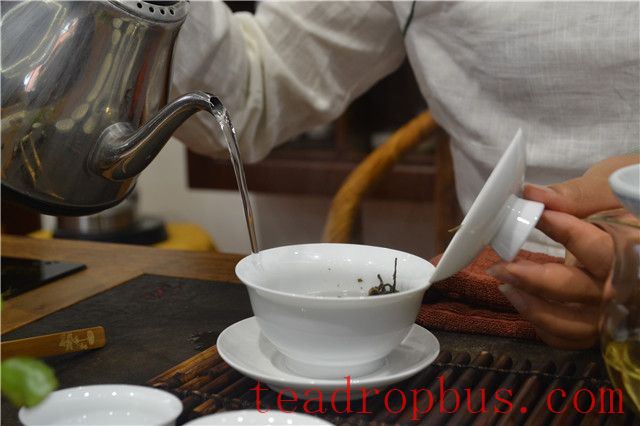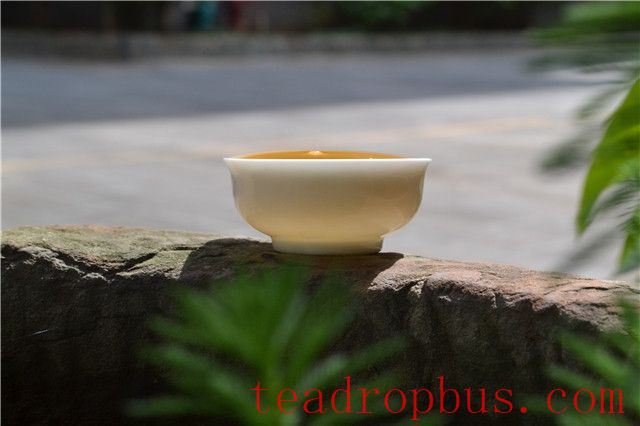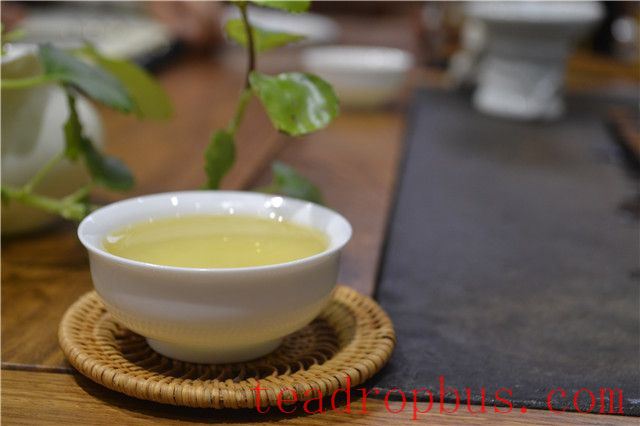As the saying goes, “If it's not bitter and astringent, it's not Tea.” Bitterness is the intrinsic taste of tea. However, when it comes to Pu'er tea, people seem more willing to study its various “aromas,” while the experience of bitterness receives less attention.

The bitterness in tea primarily comes from polyphenols, Caffeine, anthocyanins, ester-type catechins, and other substances. Of course, this falls within the realm of biological science. For most people, understanding these components is sufficient; there's no need for in-depth study. This isn't the focus of my discussion today. Instead, I want to talk about several common experiences of “bitterness” that Pu'er tea can bring us.

The bitterness in Pu'er tea can be categorized based on how quickly it appears: 1) It is immediately bitter upon entry into the mouth, a pure bitterness; 2) The bitterness slowly emerges after the tea has been in the mouth. Based on how quickly it dissipates, we can further divide it into: 1) Comes quickly and leaves quickly; 2) Comes quickly but lingers; 3) Slowly emerges and gradually dissipates. [Image]
The degree of bitterness can also be classified as: almost no bitterness, slightly bitter, relatively bitter, and intensely bitter. This is closely related to the individual's sensory experience. Additionally, some Pu'er teas have bitterness that blends with the tea soup, while others have bitterness that is relatively separate from the tea soup.

Most people may find it easier to grasp the bitterness in raw Pu'er tea. Aged Pu'er tea tends to be milder and can be said to have almost no bitterness. However, some aged teas may have a slight bitterness, which many tea enthusiasts believe indicates higher quality in aged Pu'er tea.
Like aroma, the bitterness in Pu'er tea is influenced by natural conditions such as variety, growth form, sunlight exposure, soil type, and various processes during production and storage time. Therefore, the bitterness varies between teas from different regions and mountains. Different brands also produce teas with varying levels of bitterness due to differences in processing and storage. Considering the variability in individual sensory sensitivity, it's difficult to pinpoint the “bitterness” of a particular tea. However, this also means that there is no right or wrong, good or bad when it comes to bitterness—it simply depends on personal acceptance.